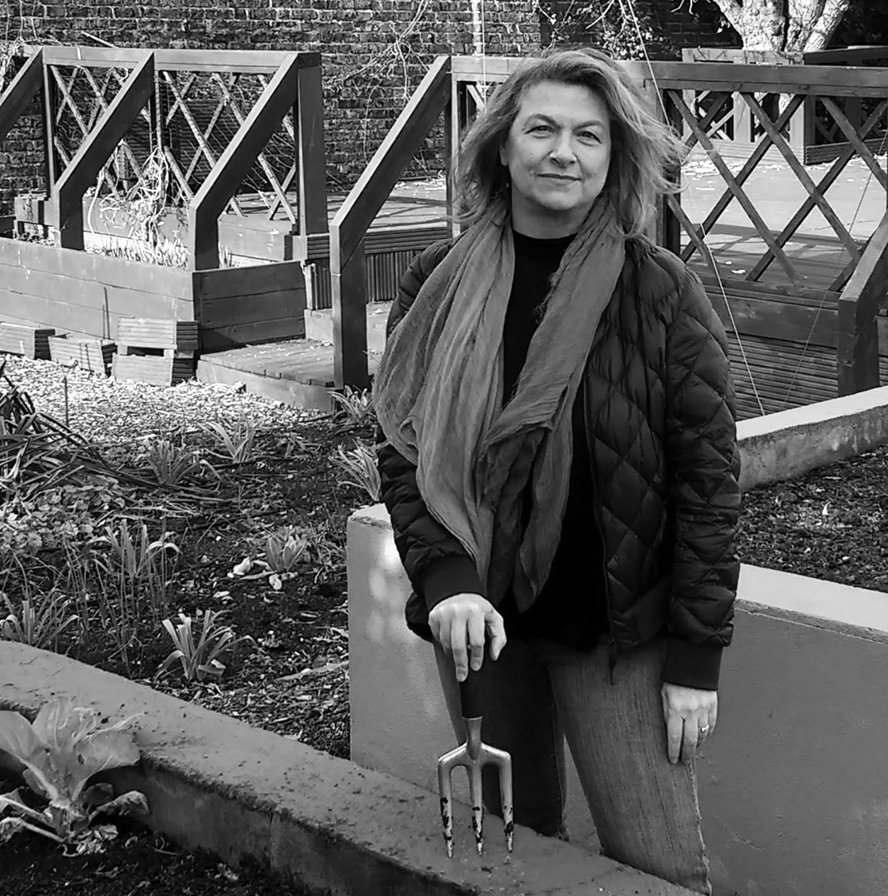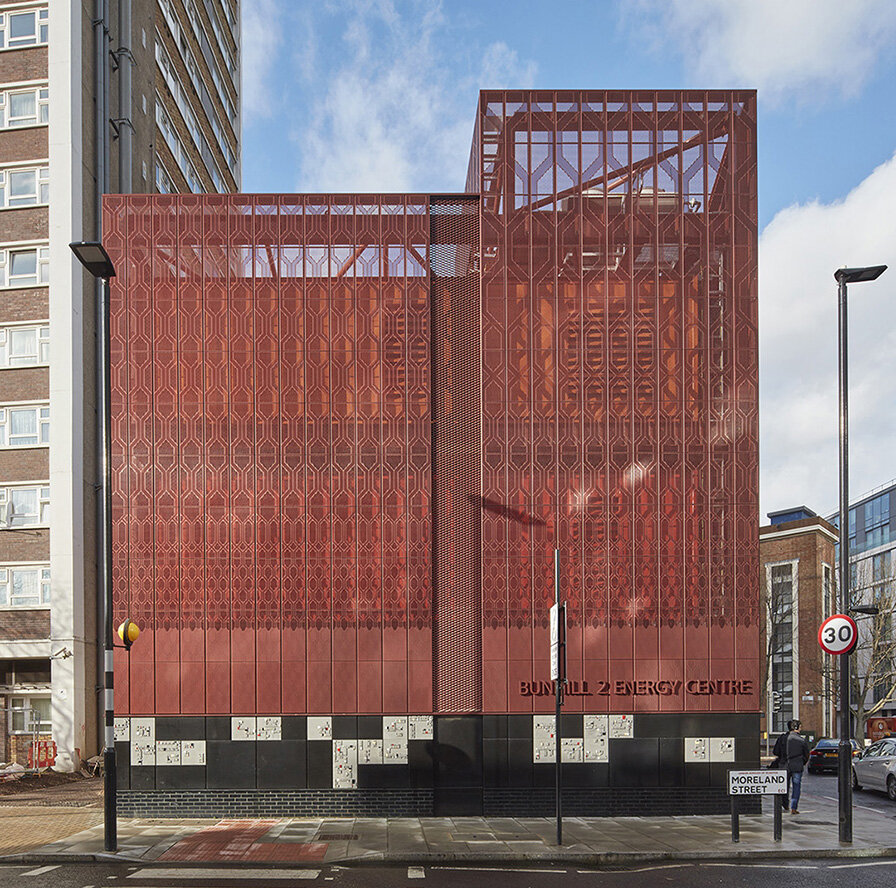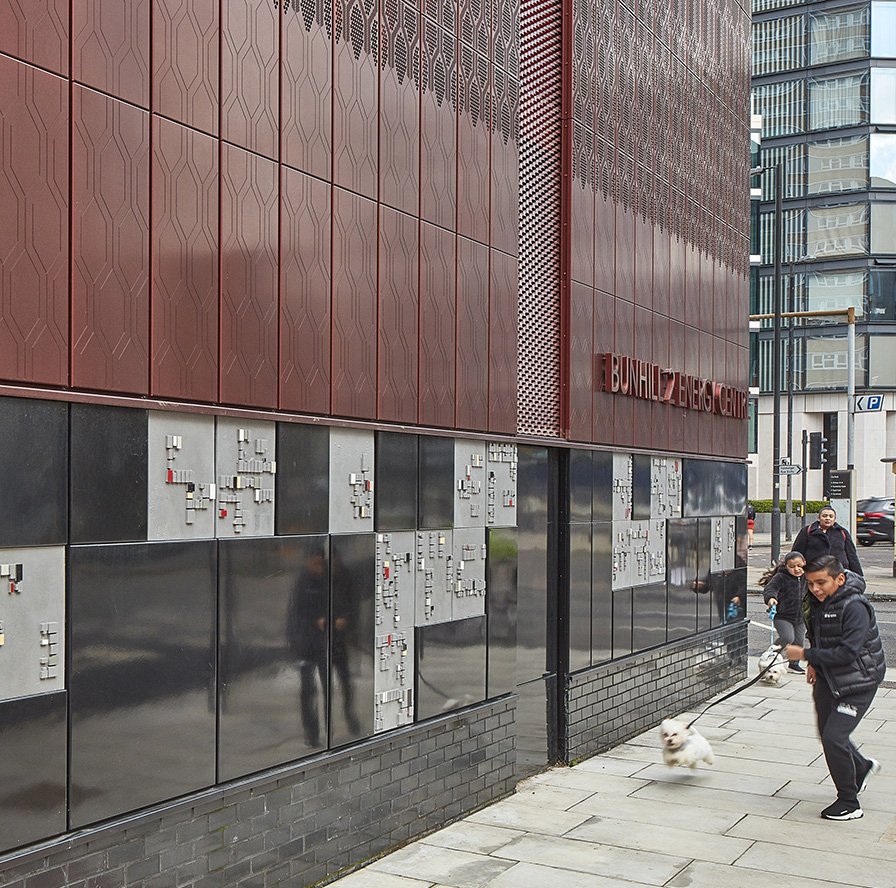Things that have never been done before: Carol Costello on Bunhill 2
It’s been said of Cullinan Studio that we ‘specialise in things that have never been done before.’ In this series of Q&As we invited the Studio’s partners to share their experiences of innovative projects and ways of working, and how the insights gained can inform the future of architecture.
First is Carol Costello, one of our three Practice Leaders…
What have you done with Cullinan Studio that’s never been done before?
The Bunhill 2 Energy Centre in Islington really is the first of its kind in the world. It uses revolutionary technology to extract waste heat from the London Underground and uses it to heat local homes and schools. The machinery is housed in an architectural structure that’s striking and beautiful, so it enhances the surrounding streetscape.
The insights we gained from the project can be highly valuable for all kinds of projects that aim to achieve net zero carbon.
How did you come to be involved?
We were approached by London Borough of Islington Council, who had received funding for a project to reduce fuel poverty in the local area. They were already in an alliance with London Underground, who were in turn looking to solve their own problem of excess heat build-up in the tunnels, and this was a route they were exploring together.
We had just successfully completed energy centres for the Universities of Warwick and St Andrews, and we were already active members of the Islington Sustainable Energy Partnership, so we were perfectly placed to take on the project and lead on the design, the consultation and the planning.
What was your involvement?
Islington Council challenged us to design an inspiring, intriguing building, with the idea of ‘celebrating the necessary’. What we really had to do was create a new language of civic industrial architecture, for a new typology of heat network.
Our design for Bunhill 2 uses materials that reference the Underground, like terracotta and vitreous enamel steel. There is a perforated pattern of holes in the red cladding that changes visually in response to the different degrees of ventilation needed at different times for the equipment inside, and the base incorporates artworks by Toby Paterson.
But our role was much more than designing the ‘shell’ for an innovative piece of engineering. We had to lead the project, coordinating infrastructure, architecture and community engagement.
This was an exceptionally complex project to manage because it required so many parties to be brought together: civil engineers and specialist energy engineers, McGurk Architects (who took our design to completion), Islington council, TfL, Planners and of course local residents. There were concerns about noise, air pollution, safety, and the complex interface with the Underground.
Nothing like it had ever been done in the world, never mind in London, so all the challenges of the planning process were new.
What does it mean for the future?
What’s exciting about Bunhill 2 is that there are endless opportunities to apply the concept everywhere, as we try to decarbonise energy while making it affordable for people. Any city in the world with an underground train network could potentially replicate it.
But it extends far beyond that: the success of Bunhill 2 has led to the GreenSCIES project, funded by Innovate UK, which we’re closely involved with and which is currently exploring ways to use waste heat from sources including heavy and light industry, sewage works, disused mine shafts and much more.
Above all, on Bunhill 2 we learnt about how you can work with residents and communities, provide education and engagement, and bring people with you in big projects to decarbonise energy. That’s going to be hugely important as we aim to achieve net zero carbon in so many different kinds of challenging projects, across the world.
Bunhill 2 was completed in 2020 won the New London Awards Environmental Prize, the RIAI Award for Sustainability, a RIBAJ MacEwan Award Commendation and was a finalist in both the Dezeen Awards and Blueprint Awards.





